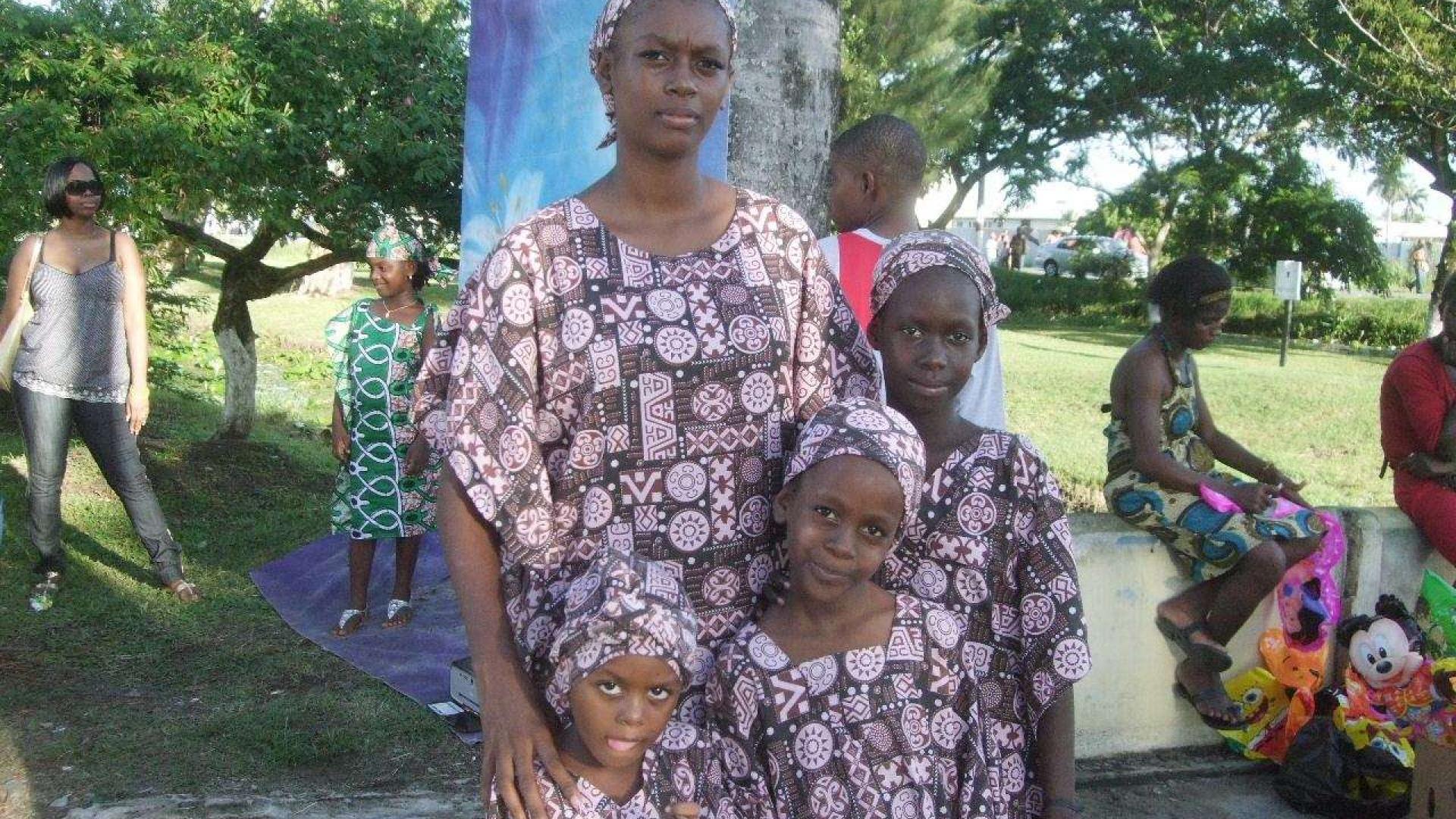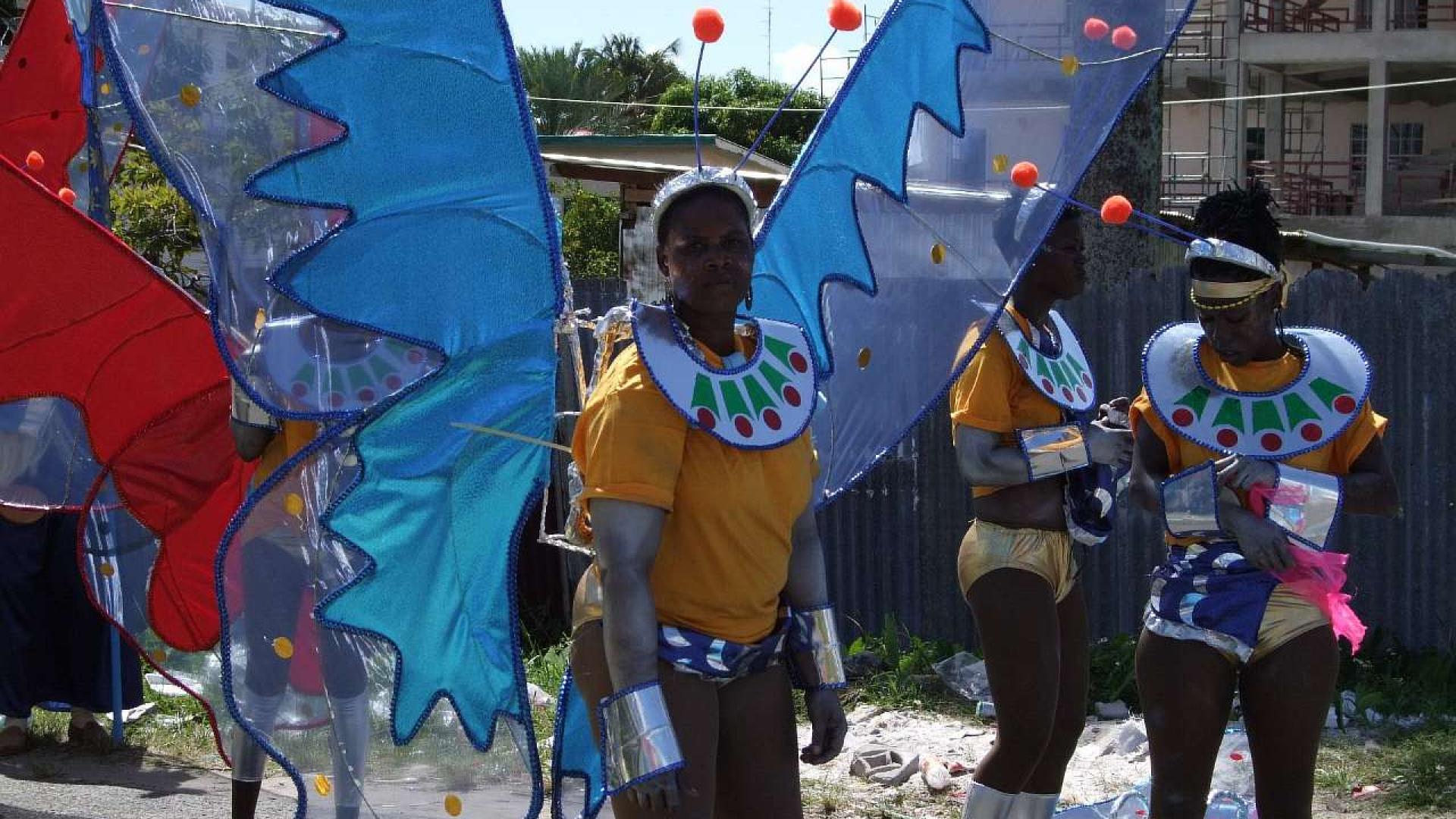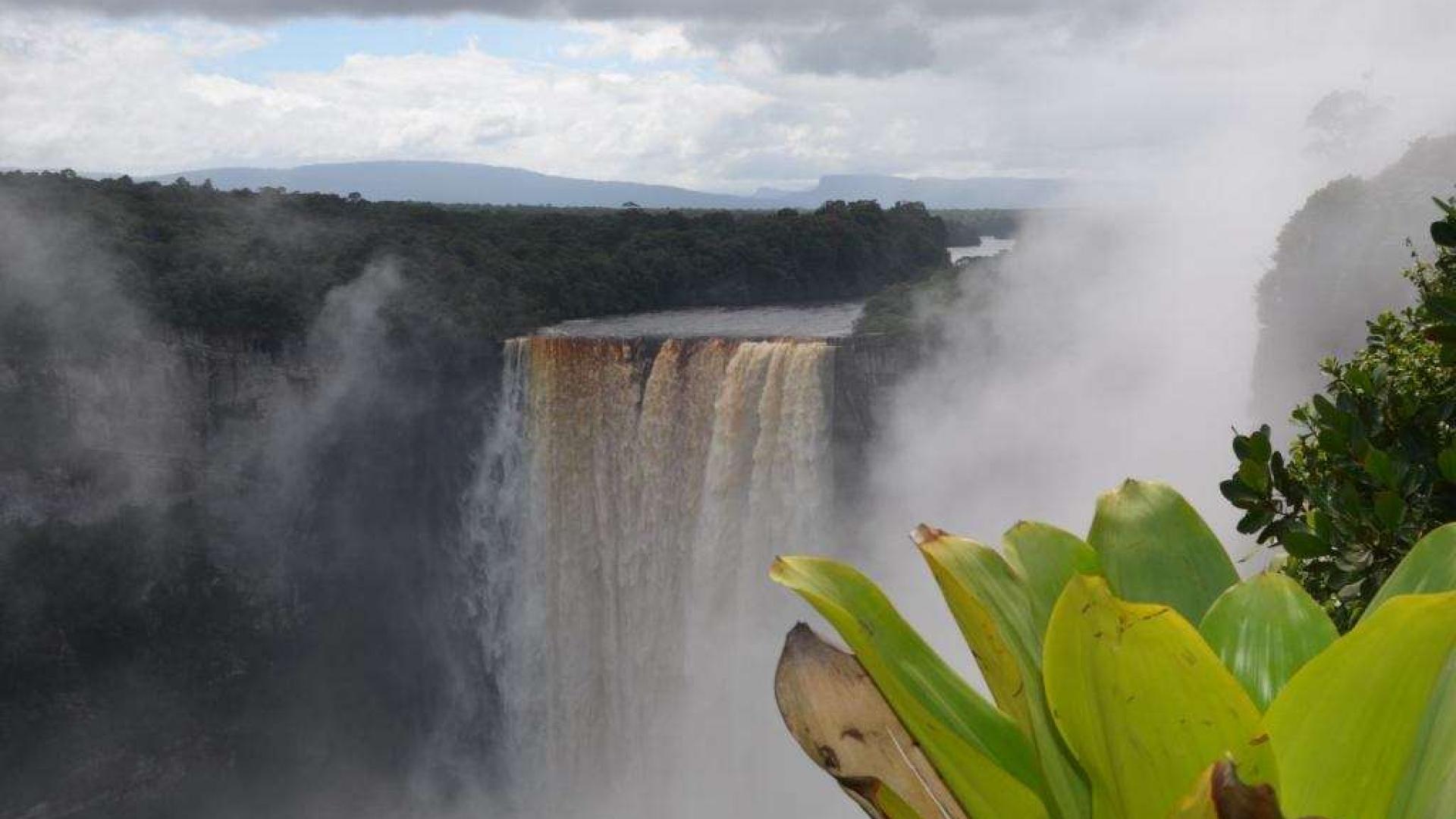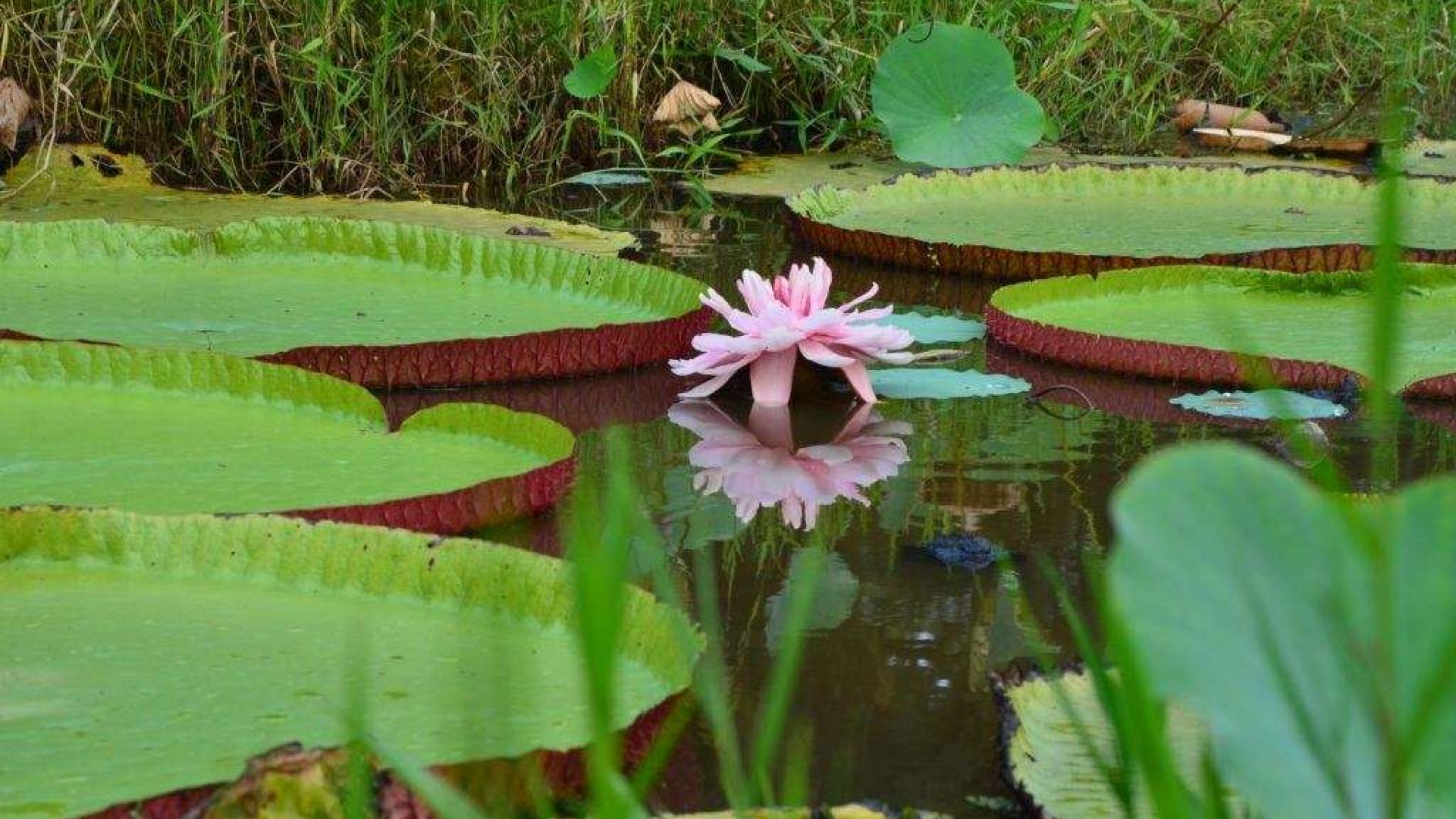Chile - a country of volcanoes
Chile - a unique country, both located on three continents. Most is located in south-west of South America, another part belongs to Oceania, and the other - Antarctica. The state has about 4,300 km of coastline of the Pacific.
The three areas are very different from each other, both in relief and climatic conditions. The northern part - it's Atacama desert zone, the middle part - it's Andean highlands, the climate is of Mediterranean type, and the southern part - rolling thick forests and mountainous island. The islands were formed due to flooding of the mountains, which formed two mountain ranges. In the eastern part of this Andes and the Cordillera in the west stretch. In the south the climate is subtropical, heavy rainfall is common. Also in Chile, there are areas where for centuries not dropped a single drop of rain.
The entire coast of Chile has a temperate climate, misty and cloudy morning followed by sunny afternoon. The higher the altitude, the higher daytime temperatures and night-on the contrary below. But in the presence of diesel-electric power of 600 kW and above the cold night is not scary.
In areas of the Altiplano at night even in summer is below 0. For these areas during the summer is characterized by an amazing natural phenomenon called the "Bolivian winter", when suddenly a storm begins, accompanied by hail.
Mountains cover 80% of the area. Among them are about 600 volcanoes that make up a tenth of Earth's volcanoes. About 47 volcanoes active in the state very often earthquakes occur. The volcano Ojos del Salado, is considered the highest point of the country, and the ocean - the lowest.
The rivers are mostly short, with its source in the Andes, flowing into the Pacific Ocean. Lakes are concentrated in the "Lake District", located in the south.
In September-November is better to visit the central regions of the country in June-August visit to the mountains to ski resorts, and leave in March for the Easter Islands.
- Log in to post comments





